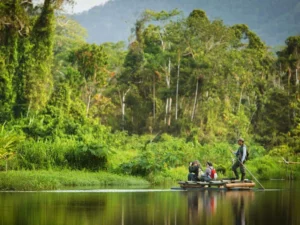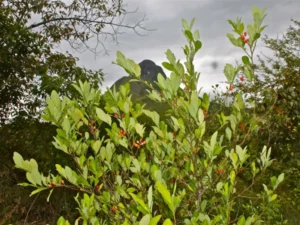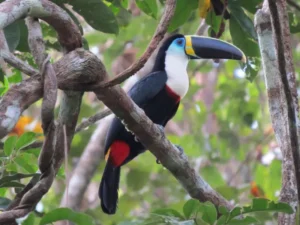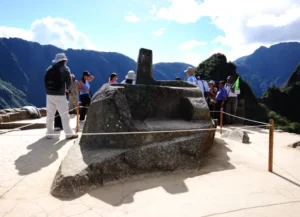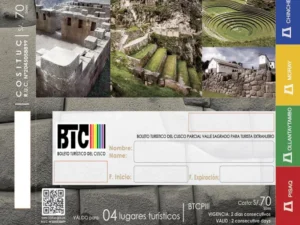The Main Gods of the Inca Pantheon
Contents
- 1 A Complete Guide to the Tahuantinsuyu Deities
- 2 The Inca Religious Cosmovision
- 3 Top Ten Divinities of the Inca Pantheon
- 3.1 1. Viracocha – The Commander of the Cosmos
- 3.2 2. Inti – Father Sun
- 3.3 3. Chuya Illapa – Lord of Lightning and Storms
- 3.4 4. Mama Killa – Mother Moon
- 3.5 5. Pachamama – The Nurturing Mother
- 3.6 6. Supay – Guardian of the Underworld
- 3.7 7. Mama Sara – Food Protector
- 3.8 8. Mama Cocha – Lady of the Waters
- 3.9 9. The Apu – Spirits of the Mountains
- 3.10 10. Ayar Manco – The Founding Ancestor
- 4 Sacred Spaces and Ceremonial Centers
- 5 The Ritual Calendar and Sacred Ceremonies
- 6 Legacy and Permanence in Andean Culture
- 7 Importance for Cultural Tourism
A Complete Guide to the Tahuantinsuyu Deities
Religion constituted the fundamental axis of the Inca civilization, permeating every aspect of life in the Tahuantinsuyu. The Incas developed a complex polytheistic religious system, where the divinities represented the cosmic forces that governed the Andean universe, from natural phenomena to agricultural and astronomical cycles.
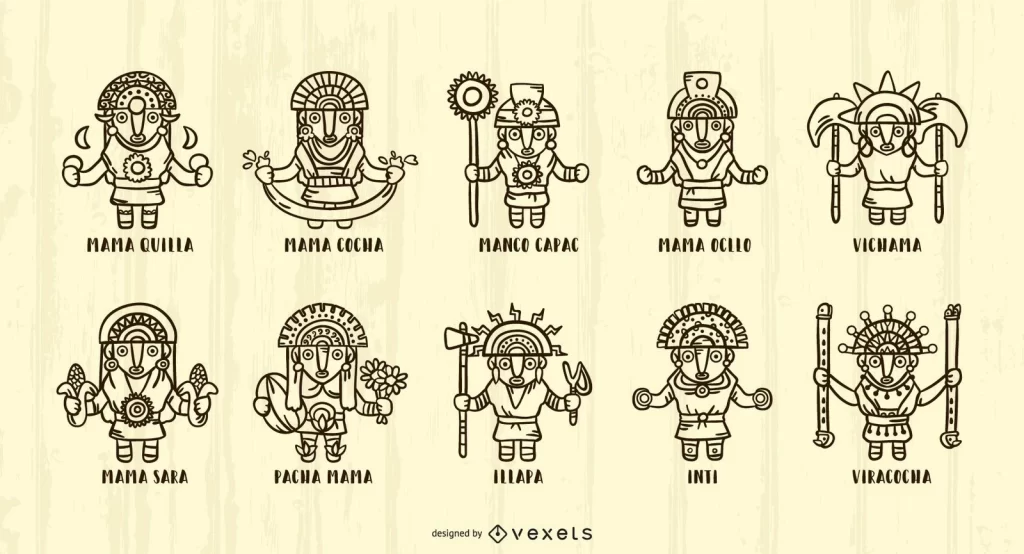
The Inca Religious Cosmovision
The Incas conceived of the cosmos as an integrated whole, divided into three worlds or “pachas”: the Hanan Pacha (celestial world), the Kay Pacha (earthly world) and the Uray Pacha (subterranean world). This tripartite division reflected their profound understanding of cosmic balance and the universal reciprocity known as “ayni”.
The Inca religion was not merely spiritual, but constituted the basis of political power. The Sapa Inca, considered a direct son of Inti (the Sun), derived his divine authority from this sacred filiation, turning every act of government into a cosmic ritual.
Top Ten Divinities of the Inca Pantheon
1. Viracocha – The Commander of the Cosmos
Wiraqocha or Apu Qun Tiqsi Wiraqocha (“Lord of the foundations of the world”) was the supreme divinity, the demiurge who ordered the primordial chaos. According to chroniclers, he emerged from the waters of Lake Titicaca to create the sun, the moon, the stars and shape humanity.
Although he did not actively participate in the daily cult, he was invoked in moments of existential crisis of the empire. Its main temple was located in Raqchi (now San Pedro de Cacha), where an impressive structure testifies to its importance.
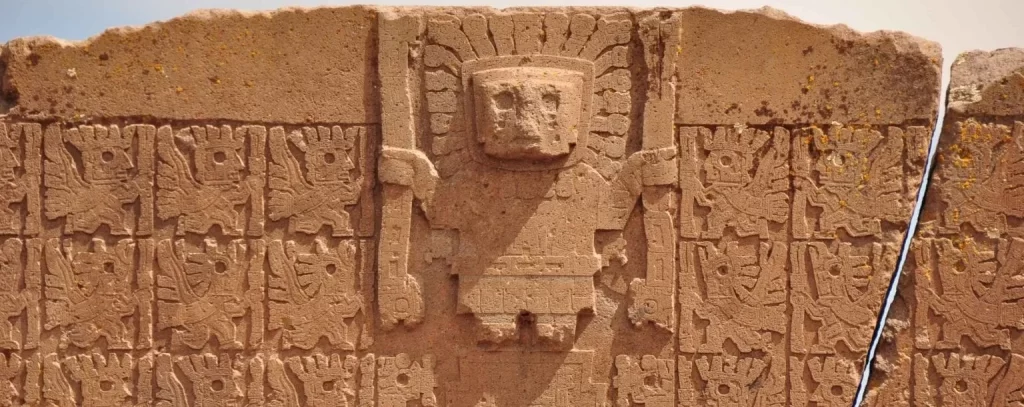
2. Inti – Father Sun
Inti Tayta was the tutelary divinity of the empire and the source of all life. More than a simple solar god, he represented the masculine principle of the cosmos, the generating force that fertilized the Pachamama.
The Qorikancha (Enclosure of Gold) in Cusco constituted its main sanctuary, where sheets of pure gold covered the walls, creating a space that literally shone like the sun. The feast of Inti Raymi (Feast of the Sun) during the winter solstice was the most important celebration of the Inca calendar.
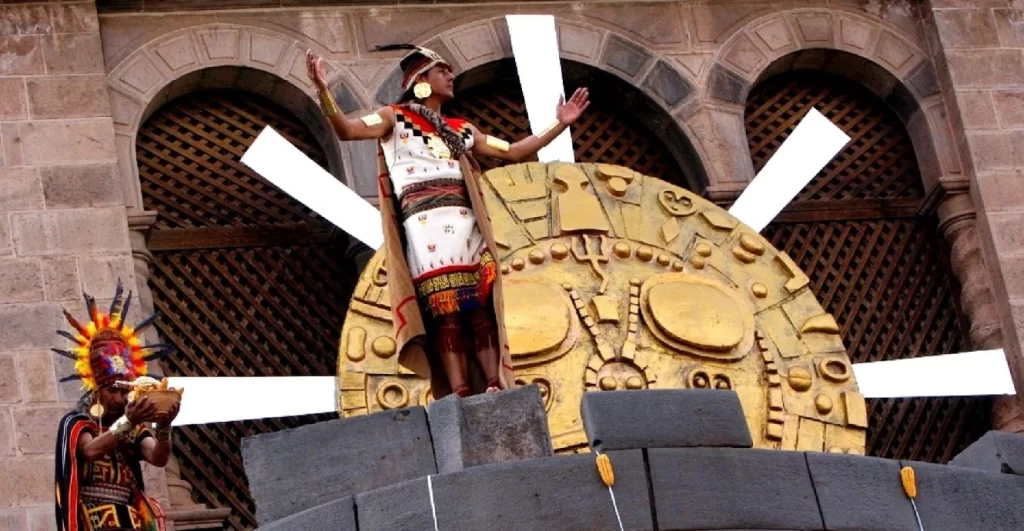
3. Chuya Illapa – Lord of Lightning and Storms
Illapa or Chuya Illapa controlled atmospheric phenomena, especially lightning, thunder and rain. He was represented as a celestial warrior carrying a sling, with which he launched lightning from the Milky Way (Mayu).
Farming peoples paid special worship to him, since the rains that nourished the crops depended on him. His destructive and fertilizing power made him an ambivalent but essential divinity.
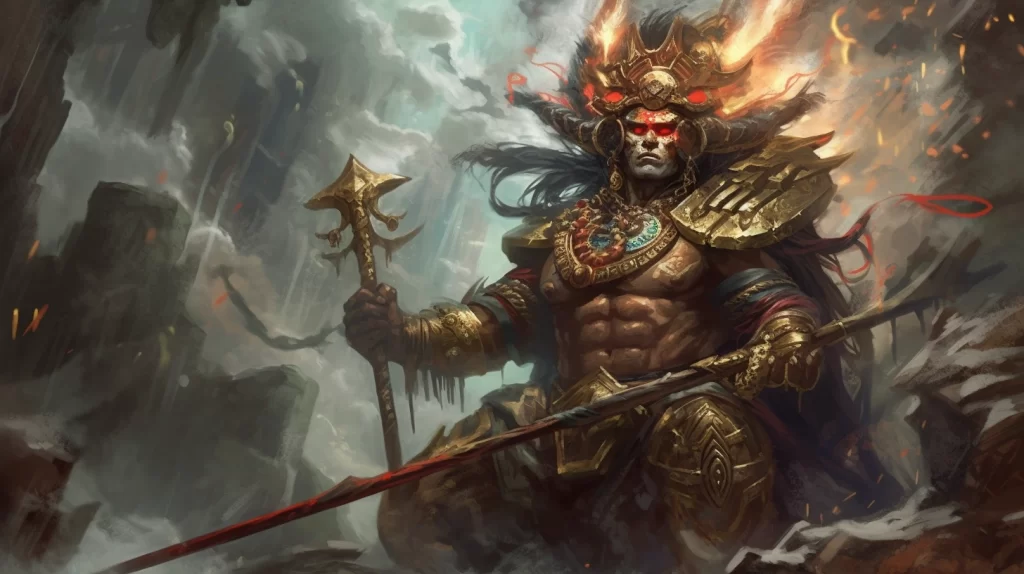
4. Mama Killa – Mother Moon
Mama Killa, wife of Inti, governed the lunar and temporal cycles. Protector of women, she presided over marriage, menstruation and childbirth. Her sacred silver adorned the Qorikancha, contrasting with the solar gold of her husband.
Lunar eclipses were interpreted as moments when a celestial jaguar devoured the moon, causing ceremonies of purification and cosmic renewal.
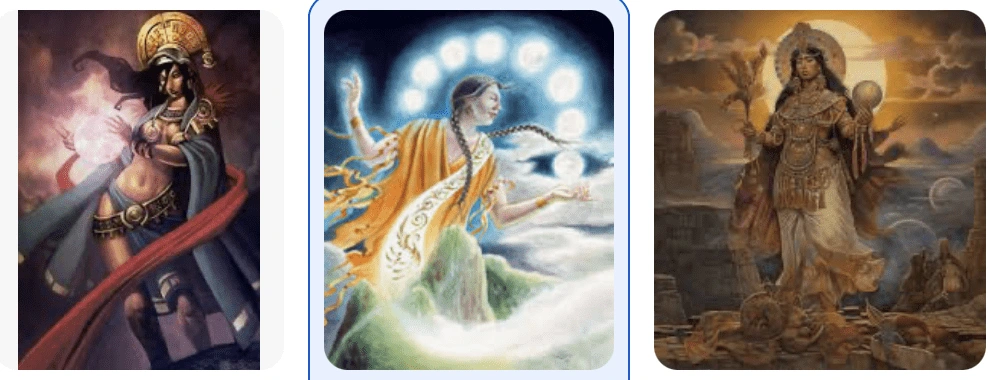
5. Pachamama – The Nurturing Mother
Pachamama was not simply “Mother Earth”, but the living totality that sustained all existence. She represented the feminine principle of the cosmos, complementary to the masculine solar principle.
His cult survives to this day in Andean communities, where he is offered ritual offerings of coca, chicha and products of the earth. August is considered its sacred month, when the earth “opens its mouth” to receive the offerings.
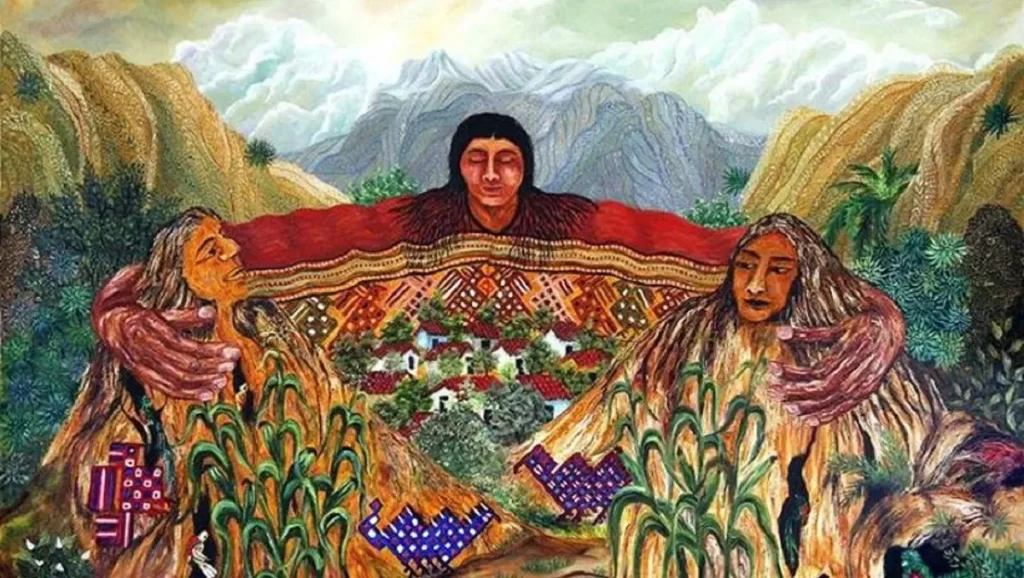
6. Supay – Guardian of the Underworld
Supay ruled the Uray Pacha, not as an evil entity but as the necessary balance of the cosmos. It controlled the mineral wealth and welcomed the dead, being fundamental in the cycle of existence.
The Spanish colonizers demonized this divinity, equating it with the Christian devil, distorting its true meaning within the Andean cosmovision.
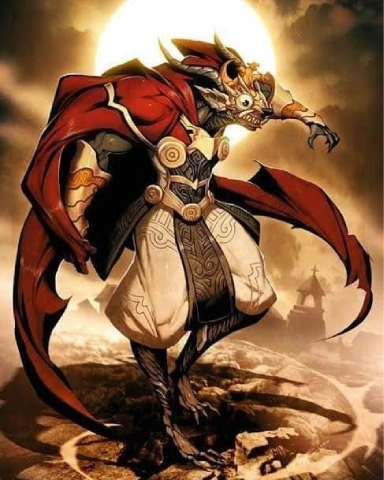
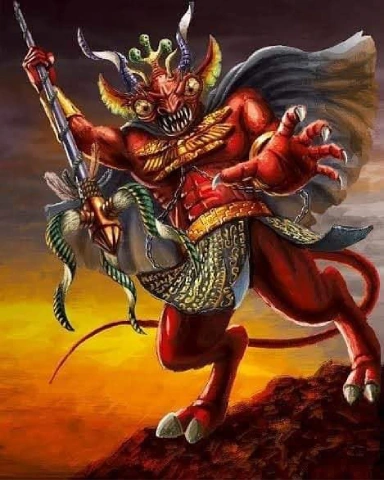
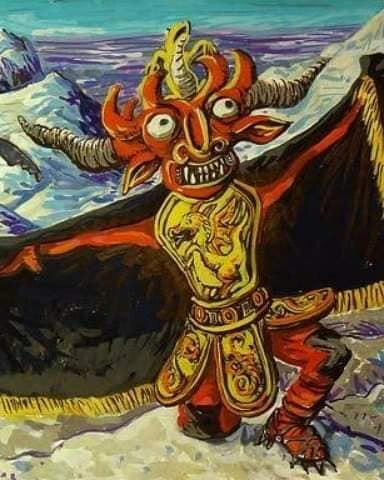
7. Mama Sara – Food Protector
Mama Sara personified vegetable fertility, especially sacred corn. This cereal was not only food, but also a fundamental ritual element: it was made into chicha for ceremonies and offered to the gods.
Their worship was intensified during the months of sowing (August-September) and harvest (April-May), when communities performed propitiatory rituals to ensure abundant harvests.
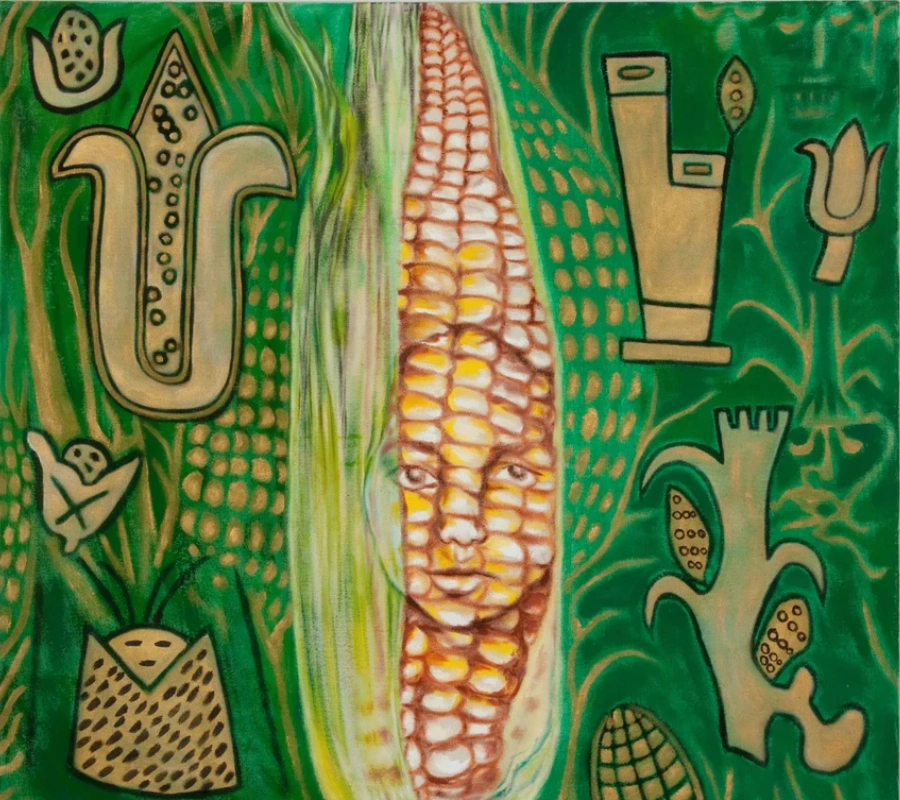
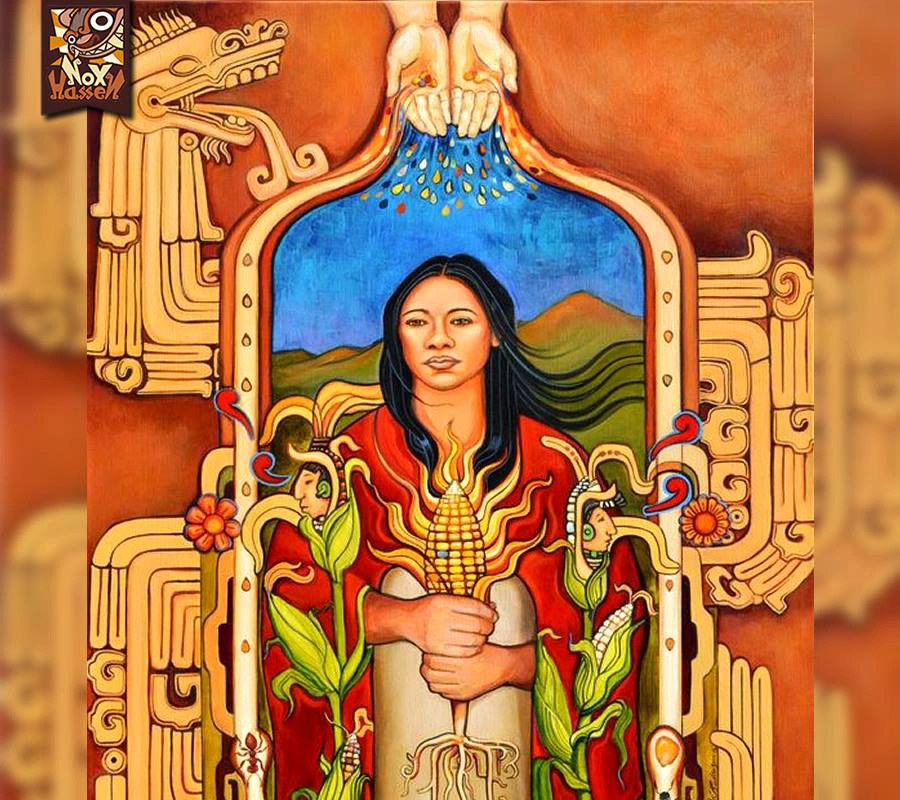
8. Mama Cocha – Lady of the Waters
Mama Cocha ruled all waters: rivers, lakes, springs and oceans. For the Incas, water was a sacred element that connected the three worlds, flowing from the mountains to the sea.
The fishermen of Lake Titicaca and the coast offered him mullu (Spondylus shells) and other marine gifts, requesting his protection during the aquatic voyages.
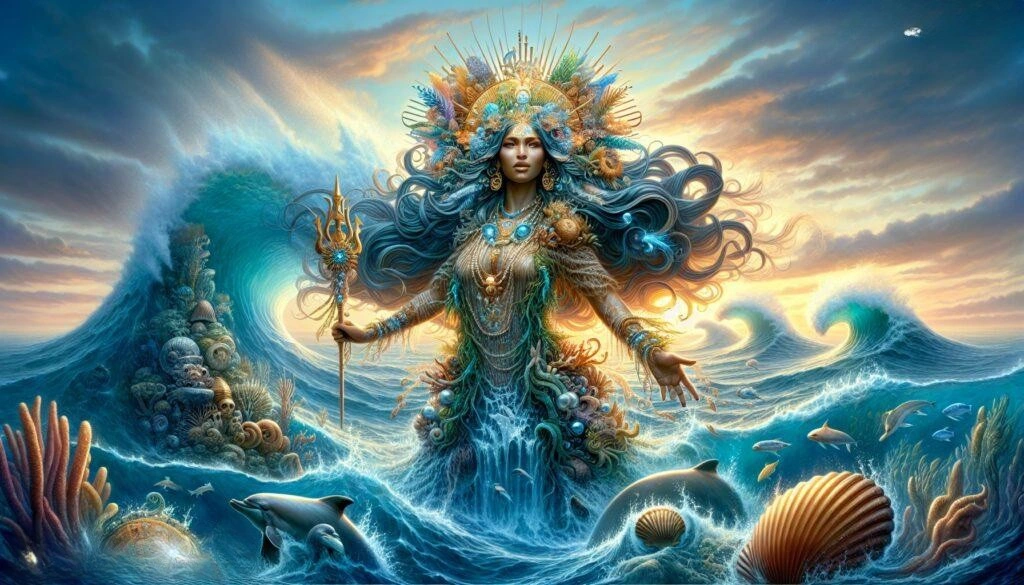
9. The Apu – Spirits of the Mountains
The Apu were the tutelary divinities of each mountain, considered ancestor protectors of the ayllus (communities). Each mountain had its own spirit, with hierarchies that reflected the height and prominence of the peak.
The most revered Apu was Ausangate, near Cusco, followed by Salcantay and other snow-capped peaks that provided vital water for agriculture.

10. Ayar Manco – The Founding Ancestor
Ayar Manco (later Manco Capac) was the cultural hero who, according to oral tradition, emerged from the cave of Pacaritambo with his brothers to found Cusco. He represented the link between the divine and the human, legitimizing the sacred origin of the imperial dynasty.
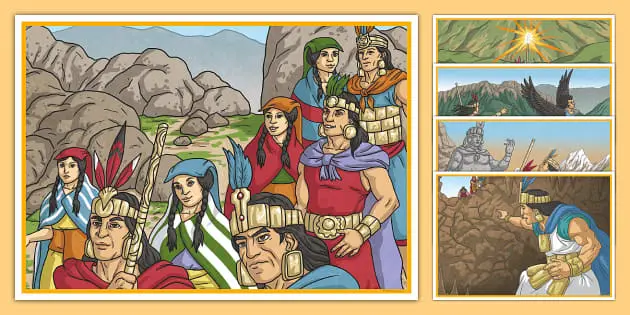
Sacred Spaces and Ceremonial Centers
The Incas consecrated numerous spaces for the worship of their divinities:
Qorikancha (Cusco): The most important temple, dedicated mainly to Inti, but which housed sanctuaries for all the main divinities. Its gold-covered walls created a microcosm of the sacred universe.
Sacsayhuaman: Ceremonial complex where great festivities were held, especially the Inti Raymi. Its three levels of walls represented the three worlds of the Inca cosmovision.
Pisaq and Ollantaytambo: Administrative and religious centers that combined architecture, astronomy and ritual in perfect harmony with the sacred landscape.
Machu Picchu: Astronomical sanctuary where celestial movements were studied and ceremonies of cosmic connection were performed.
The Ritual Calendar and Sacred Ceremonies
The Inca year was structured according to astronomical and agricultural cycles, with specific ceremonies for each moment:
Inti Raymi (June): The great festival of the Sun during the winter solstice, a moment of cosmic renewal and reaffirmation of imperial power.
Capac Raymi (December): Initiation ceremony for young nobles during the summer solstice, marking the passage to adulthood.
Ceremonies to Pachamama: Agricultural rituals during planting and harvesting, maintaining reciprocity with Mother Earth.
Capacocha: The most solemn ritual, where human lives were offered in the most sacred mountains during crises of the empire or moments of imperial transition.
Legacy and Permanence in Andean Culture
The Inca religion did not disappear with the Spanish conquest, but was transformed and survived in the Andean religious syncretism. Many Inca divinities were reinterpreted as Catholic saints: Inti merged with the Lord of Earthquakes, Pachamama with the Virgin Mary, and the Apu with archangels and protector saints.
Today, in the rural communities of Cusco, Apurimac, Ayacucho and other Andean regions, rituals to Pachamama, payments to the Apu and agricultural ceremonies keep alive the essence of Inca spirituality, adapted to modern times but preserving its ancestral core.
Importance for Cultural Tourism
Understanding the Inca pantheon deeply enriches the experience of visiting the archaeological sites of Cusco. Each stone, each construction, each landscape takes on meaning when we understand the beliefs that animated them. Machu Picchu is not only a citadel, but a stone book where the mysteries of the Andean cosmos were written.
For the contemporary visitor, approaching this worldview means understanding a different way of relating to nature, based on reciprocity, respect and the sacredness of all the elements of the universe. The Inca gods were not distant entities, but living forces that inhabited every element of the Andean landscape, turning the entire territory into a sacred space where the divine and the everyday were intertwined in perfect harmony.


